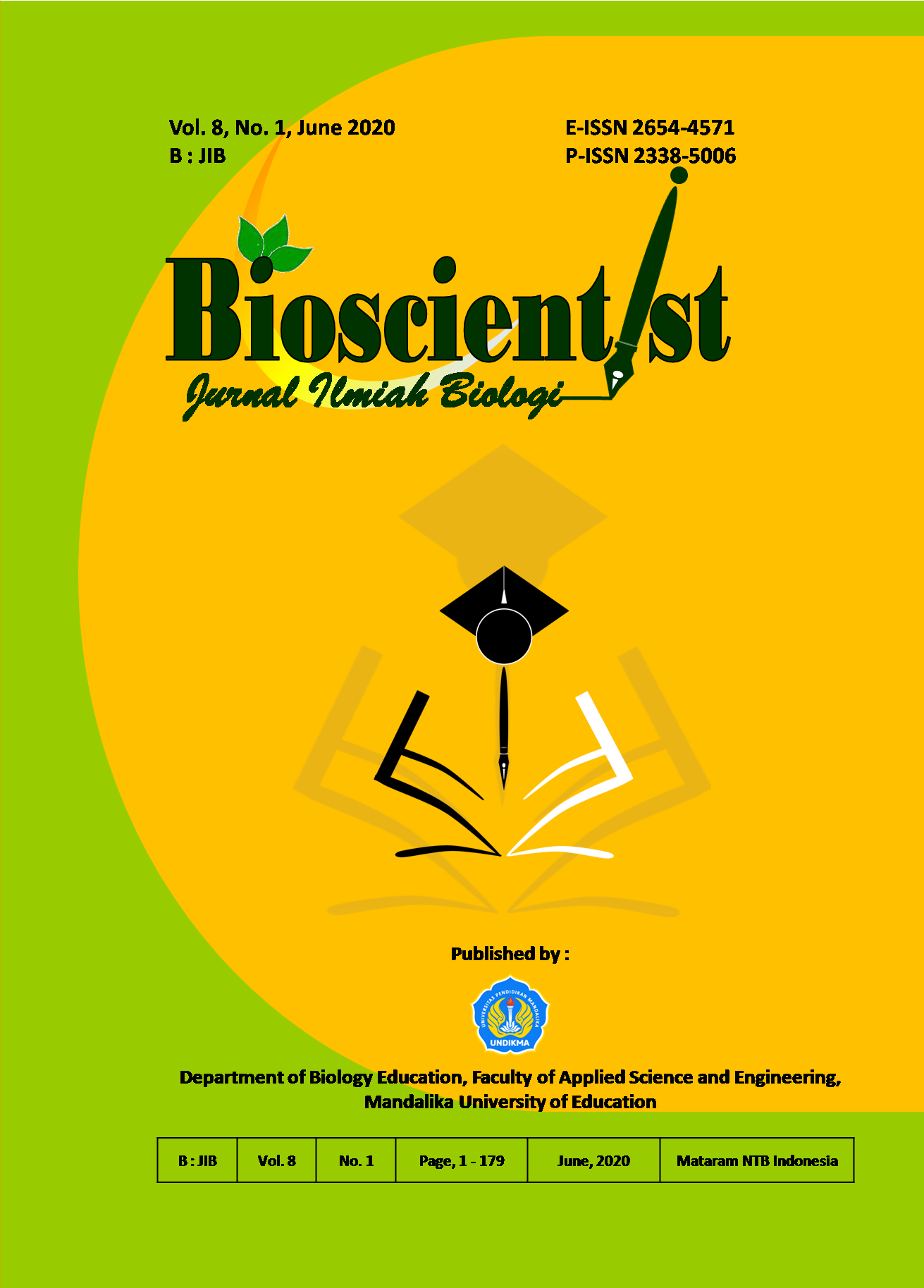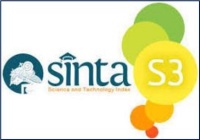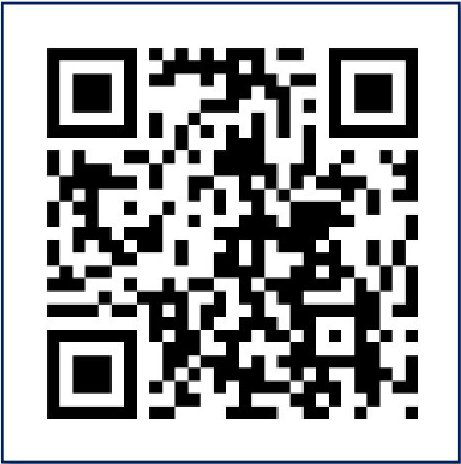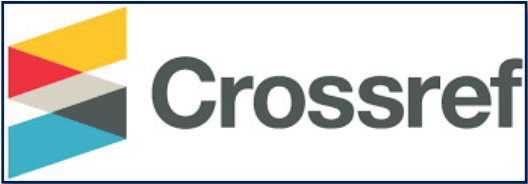IDENTIFIKASI RUMPUT LAUT (Seaweed) DI PERAIRAN PANTAI CEMARA KABUPATEN LOMBOK TIMUR SEBAGAI DASAR PENYUSUNAN BROSUR BAGI MASYARAKAT
DOI:
https://doi.org/10.33394/bioscientist.v8i1.2669Keywords:
Identification, Seaweed, Brochure.Abstract
This study was aimed to determine the identification of macroalgae species in Cemara Beach, Jerowaru District, East Lombok Regency, as the basis for developing biodiversity brochure for public. This is a descriptive explorative  research with sampling technique devided into 4 transects: 1) transect I was in the litoral zone with water conditions that were still quite natural because of lack of influence from the residents; 2) transect II was located in litoral zone near the residential area; 3) transect III was placed in the neritic zone with relatively natural area; and 4) while the transect IV is placed which have same zone as the transect III, but difference by the aquatic environment was directly affected by human activities around the coast. Identification of macroalgae was carried out by in-situ method. Community structure of macroalgae were analyzed using the Shanon-Wiener formula. Based on the results there were found 15 species of macroalgae belonging to the three main divisions namely: Rhodophyta (Red Algae); Phaeophyta (Brown Algae); and Chlorophyta (Green Algae). Based on the results of the validation (graphics, materials, and grammar) by the validator team, concluded that the seaweed diversity brochure was very well qualified without revised so that it was categorized very good for dissemination to public.References
Amalia, D. R. N. (2013). Efek Temperatur terhadap Pertumbuhan Gracilaria verrucosa. SSi Skripsi. Universitas Jember.
Ario, R., Wibowo, E., Suryono, Taufik, N. S. P. J., & Destalino. (2018). Struktur Komunitas Rumput Laut di Perairan Pasir Panjang, Desa Olibuu, Kabupaten Boalemo, Gorontalo. Buletin Oseanografi Marina, 7(1), 59-66.
Ferawati, E., Widyartini, D. S., & Insan, I. (2014). Studi Komunitas Rumput Laut pada Berbagai Substrat di Perairan Pantai Permisan Kabupaten Cilacap. Scripta Biologica, 1(1), 55-60.
Nurmiyati. (2013). Keragaman, Distribusi, dan Nilai Penting Makroalga di Pantai Sepanjang Gunung Kidul. Jurnal Bioedukasi, 6(1), 12-21.
Ode, I., & Wasahua, J. (2014). Jenis-jenis Alga Cokelat Potensial di Perairan Pantai Desa Hutumuri Pulau Ambon. Jurnal Ilmiah Agribisnis dan Perikanan (agrikan UMMU-Ternate), 7(2), 39-45.
Setyawan, I. B., Prihanta, W., & Purwanti, E. (2014). Identifikasi Keanekaragaman dan Pola Penyebaran Makroalga di Daerah Pasang Surut Pantai Pidakan Kabupaten Pacitan sebagai Sumber Belajar Biologi. Jurnal Pendidikan Biologi Indonesia, 1(1), 78-88.
Soelistyowati, D. T., Murni, I. A. A. D., & Wiyoto. (2014). Gracilaria spp. Morphology Cultured in Brackish Water Pond Pantai Sederhana Village, Muara Gembong. Jurnal Akuakultur Indonesia, 13(1), 94-104.
Suryani, F. M. (2011). Keanekaragaman dan Dominansi Rumput Laut Hidrokoloid pada Substrat Dasar Berbeda di Pantai Karapyak Jawa Barat. SSi Skripsi. Universitas Jenderal Soedirman.
Sukiman, Muspiah, A., Astuti, S. P., Ahyadi, H., & Aryanti, E. (2014). Keanekaragaman dan Distribusi Spesies Makroalga di Wilayah Sekotong Lombok Barat. Jurnal Penelitian UNRAM, 18(2), 71-81.
Tuiyo, R. (2013). Identifikasi Alga Coklat (Sargassum sp.) di Provinsi Gorontalo. Jurnal Ilmiah Perikanan dan Kelautan, 1(3), 193-195.
Yudasmara, G. A. (2011). Analisis Komunitas Makroalga di Perairan Pulau Menjangan Kawasan Taman Nasional Bali Barat. WIDYATECH Jurnal Sains dan Teknologi, 11(1), 90-99.













